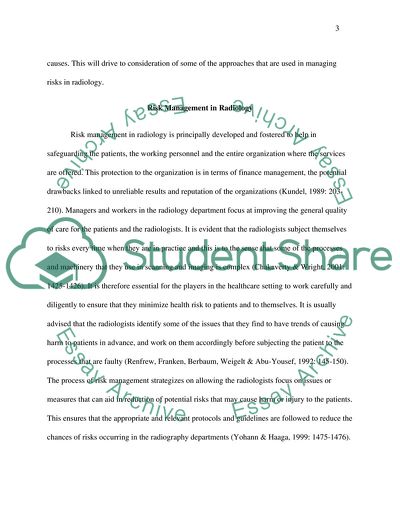Cite this document
(Risk Management in Radiology Essay Example | Topics and Well Written Essays - 1500 words, n.d.)
Risk Management in Radiology Essay Example | Topics and Well Written Essays - 1500 words. https://studentshare.org/health-sciences-medicine/1851647-risk-management-in-radiology
Risk Management in Radiology Essay Example | Topics and Well Written Essays - 1500 words. https://studentshare.org/health-sciences-medicine/1851647-risk-management-in-radiology
(Risk Management in Radiology Essay Example | Topics and Well Written Essays - 1500 Words)
Risk Management in Radiology Essay Example | Topics and Well Written Essays - 1500 Words. https://studentshare.org/health-sciences-medicine/1851647-risk-management-in-radiology.
Risk Management in Radiology Essay Example | Topics and Well Written Essays - 1500 Words. https://studentshare.org/health-sciences-medicine/1851647-risk-management-in-radiology.
“Risk Management in Radiology Essay Example | Topics and Well Written Essays - 1500 Words”. https://studentshare.org/health-sciences-medicine/1851647-risk-management-in-radiology.


